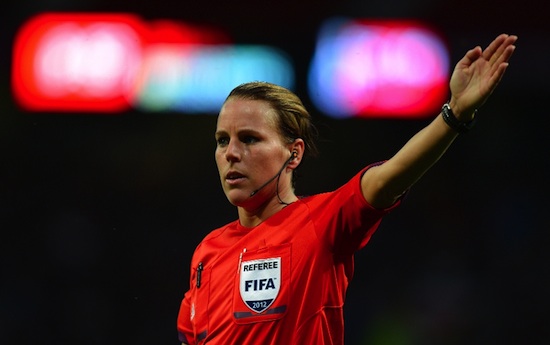07 Aug Were our soccer women robbed? Maybe, but where’s the tick-tock?
Journalism prof Ivor Shapiro, writing on the website of the Canadian Journalism Project, thinks news reports of the Canada-US women’s football semi-final, fell short of the standard required to condemn the much maligned ref.
Was the ref biased? Of course the Canadian players and supporters thought so, but for a reporter, the best way — the professional way — to address a conflict is not to add to the yelling and bawling but instead, to show the evidence.
Where was the tick-tock — the chronological list of tough calls the ref made (or didn’t make) through the match, for and against the Canadians?
Where were the outside voices — the opinions of soccer experts not wearing maple leaves or stars-and-stripes on their chests?
Where was the historical look at other pivotal ref calls in the sport’s history?
I didn’t see them, sorry.
When a nation goes to war, or a company hits hard times, or a government calls an election, professional journalists do this: they seek out unreported information, they assess its accuracy, and they interpret it for their audience’s edification.
According to some (including me) that kind of response is not just a best practice; it is essential to the definition of journalism. It’s the kind of autonomous, original, methodological approach that distinguishes journalism from, for example, marketing or other forms of propaganda.
Sports journalism, included.
He has a point.
H/T: Bethany Horne

